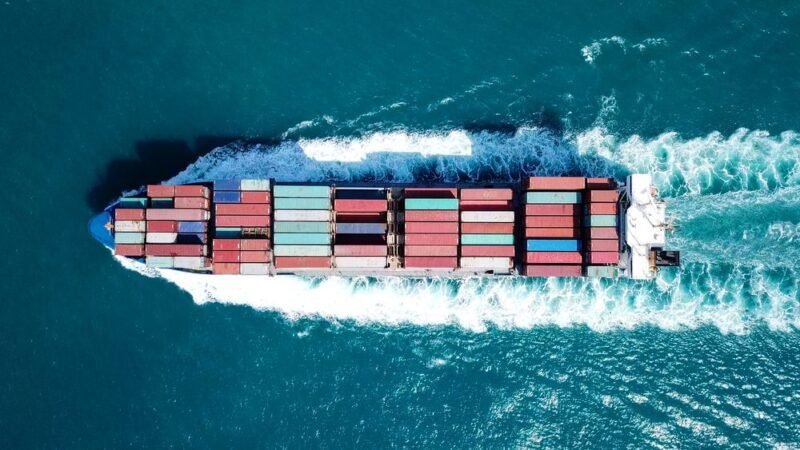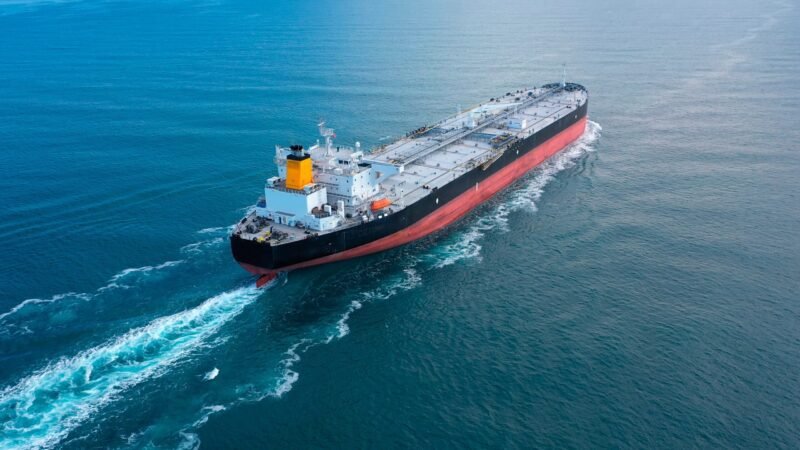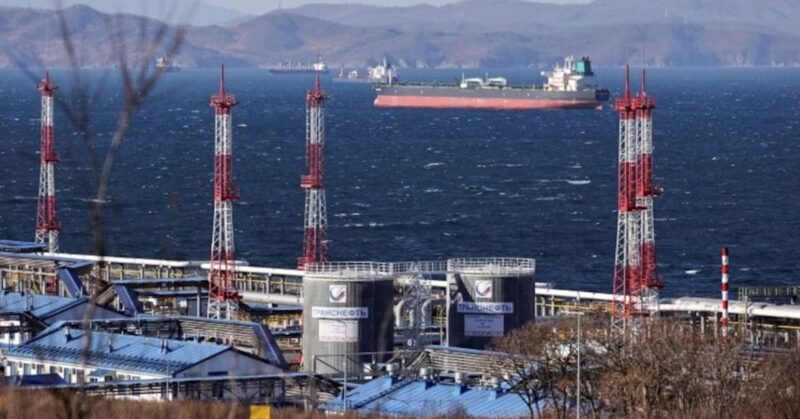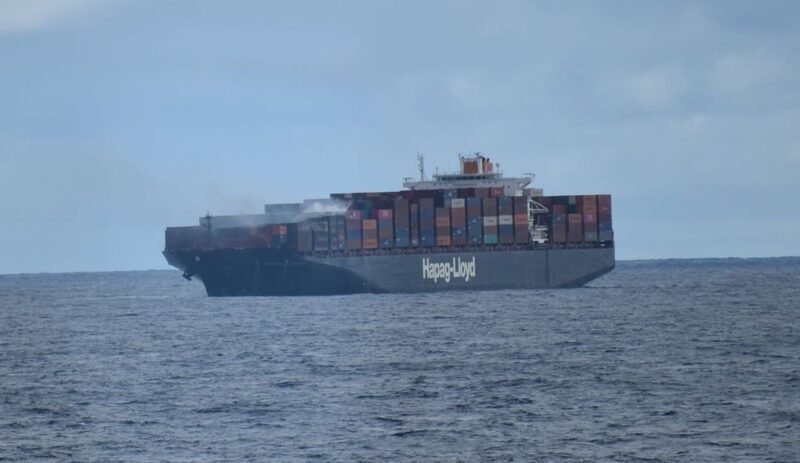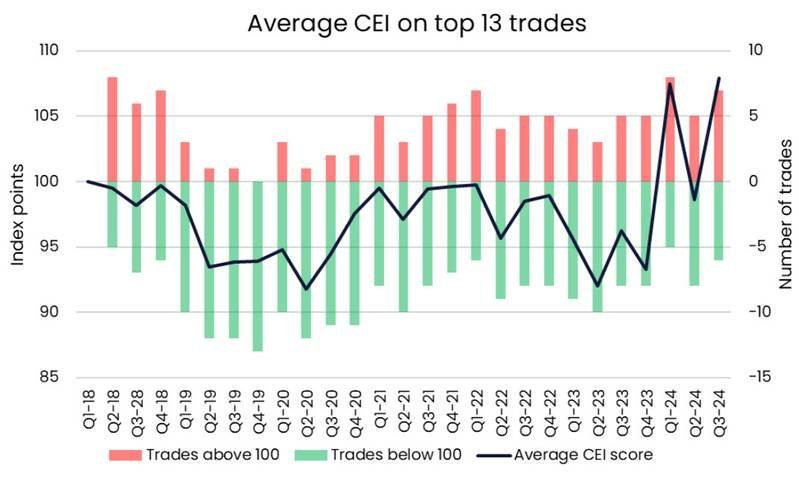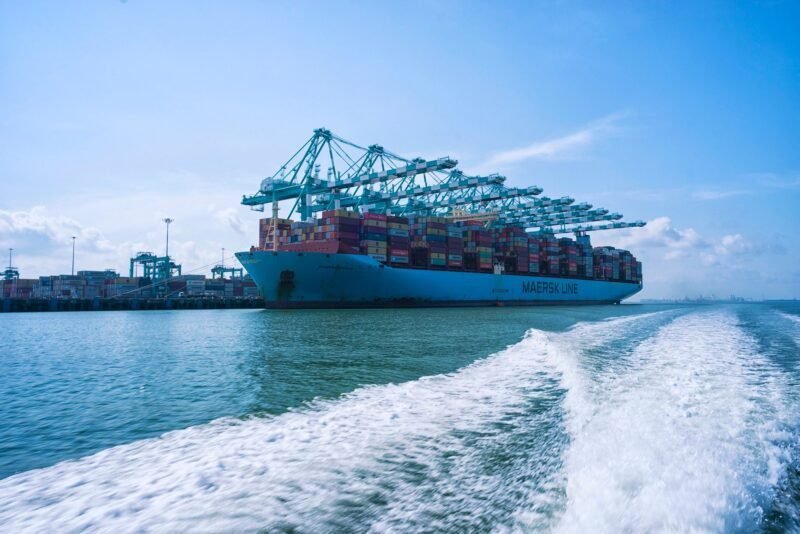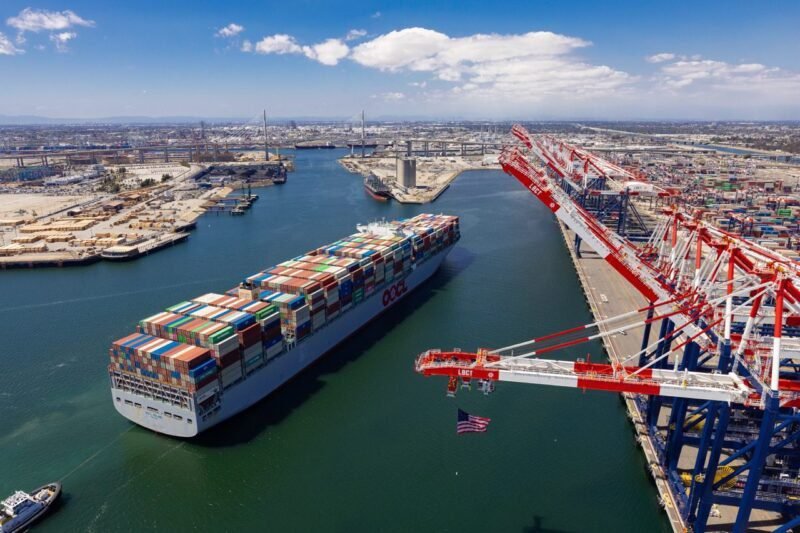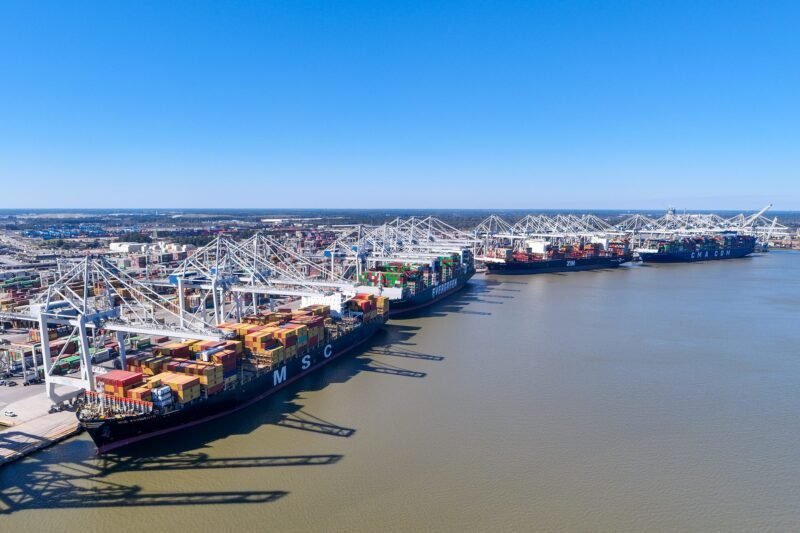Houthi attacks on shipping have caused a significant increase in sea freight rates, surpassing the rate of increase seen in the early stages of the Covid-19 pandemic, according to reports from Xeneta, an Oslo-based sea freight benchmarking firm. Shipping costs on major routes from the Far East to Europe rose by over 200% within the first 52 days of the Red Sea crisis as container shipping lines rerouted their ships around the Cape of Good Hope, which is faster than the initial phase of the pandemic. Emily Stausbøll, a market analyst at Xeneta, believes that the Red Sea crisis has caused more disruption than the first months of the pandemic, although it is not expected to be as long-lasting.
Shippers are becoming more cautious of carriers trying to maintain high rates, with many customers being told that their current contractual agreements, including minimum quantity commitments (MQCs), are not being met. Peter Sand, the chief analyst at Xeneta, notes that there is prevailing uncertainty in the industry, with maritime shipping companies facing criticism for the crisis. The market is expected to peak in February, and while shippers may accept carriers’ argument that it takes time to respond to such an unexpected crisis, it is uncertain how long they will endure the situation. Stausbøll expects that tariffs will eventually fall once shipping companies can cope with the lack of capacity in the Far East caused by delayed ship returns from Europe via the Cape of Good Hope.
For now, the situation remains uncertain and shippers may see rates flatten or fall sooner than expected, but the long-term impact of the Red Sea crisis on sea freight rates is still unclear.


